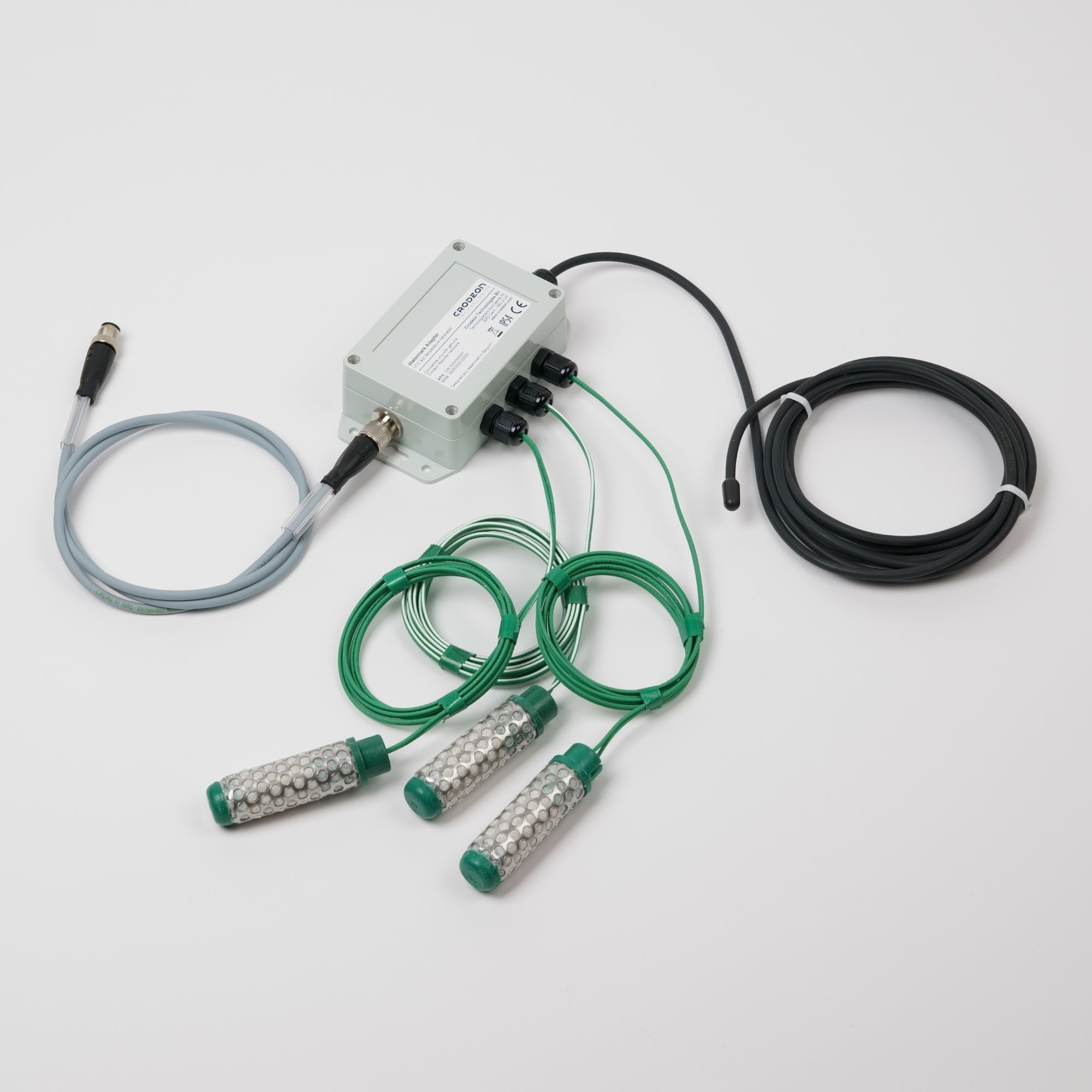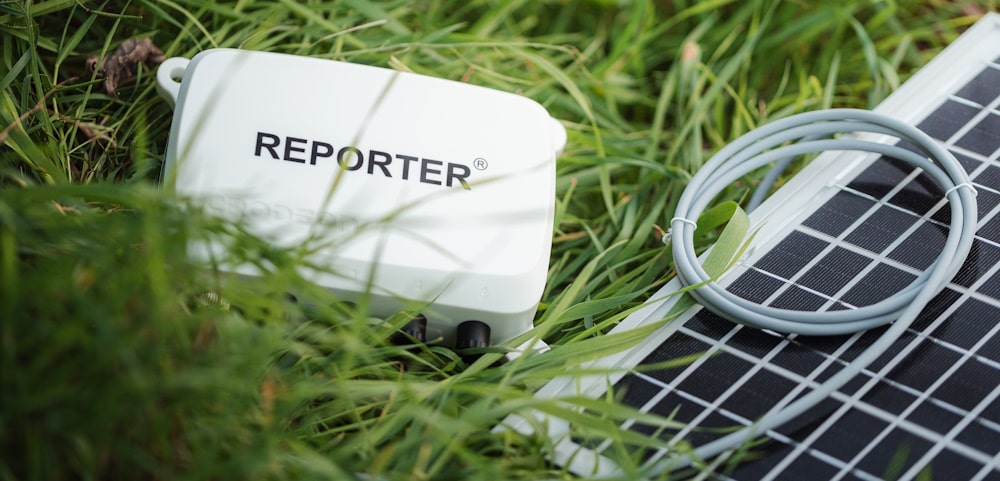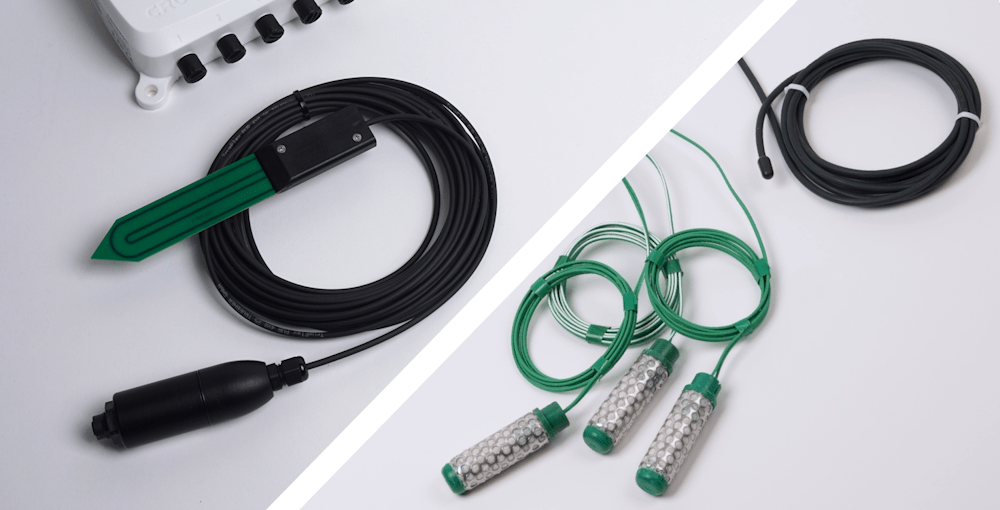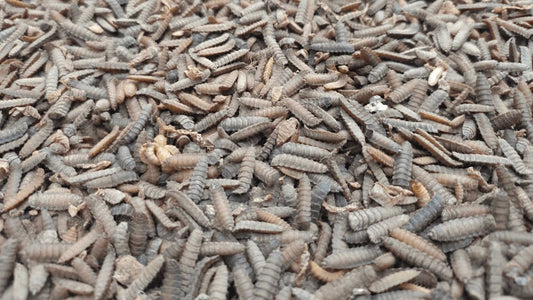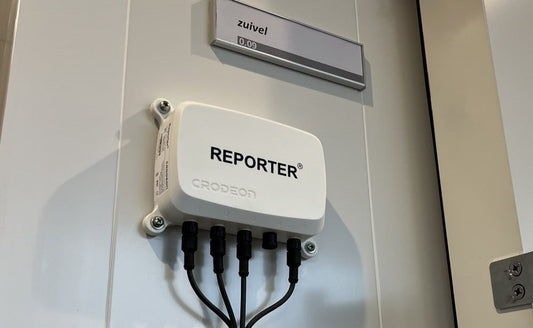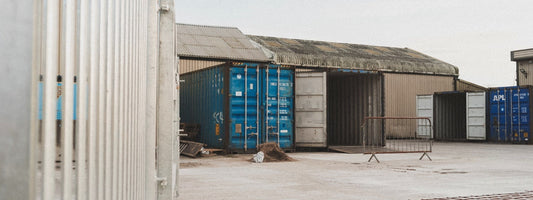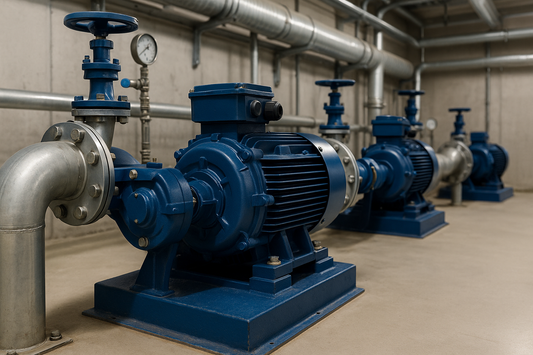Monitoring tree health during dewatering on construction sites
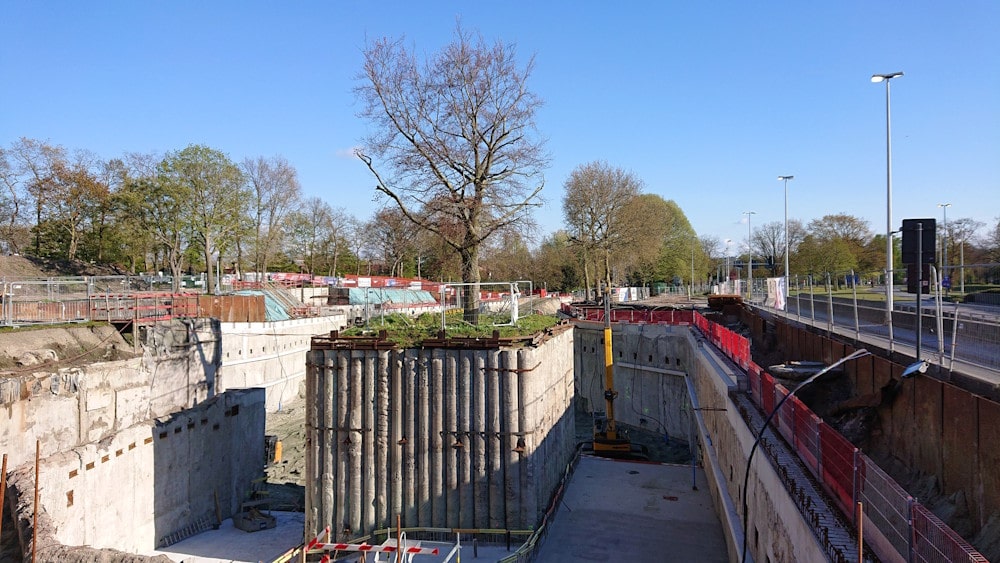
Trees are invaluable in our urban and natural environments. Their presence provides numerous benefits, such as shade, air purification, and biodiversity. However, during construction work, especially when combined with dewatering (groundwater extraction), trees are at risk of damage. Careful tree monitoring is crucial to prevent or mitigate this damage.
The Importance of Tree Monitoring
During construction projects, trees may experience stress due to changes in their growing conditions. Dewatering, which lowers the groundwater level, is often necessary to keep construction activities dry but can have serious consequences for trees that rely on groundwater.
The distinction between unsaturated root zone water profiles or suspended water profiles and groundwater profiles is essential.
Trees in an unsaturated root zone profile or suspended water profile (hangwaterprofiel) depend on rainfall and the water-holding capacity of the soil around their roots. These trees are less affected by drops in groundwater levels.
Trees in a groundwater profile rely on groundwater as their primary source for water uptake. A significant groundwater lowering occurs when the groundwater level drops by at least 20% or 30-50cm.
Such a reduction in available groundwater can potentially cause damage:
- Roots may dry out
- Growth stagnation may occur
- Trees may die
Monitoring groundwater levels is therefore not a luxury but a necessity for European Tree Technicians, arborists, and project developers to prevent damage and ensure sustainable tree management.

Watermark Sensors as an Ideal Health Parameter
Watermark sensors measure soil water tension, a critical parameter for understanding how much effort roots need to extract water. Yves Dehondt, European Tree Technician and experienced tree monitoring expert from Green-YD, highlights how this technology is revolutionising tree care.
In a practical case in Bruges, where dewatering took place, Watermark sensors were used to monitor the impact on soil moisture and tree health in real time. This enabled Dehondt and his team to take timely action when critical values, such as 100 kPa (indicating dry soil requiring irrigation), were reached.
Plug & Play Remote Monitoring
One of the most innovative solutions for tree monitoring during construction projects is the use of Reporter combined with Watermark sensors. This wireless monitoring module offers:
- Internet connection via the GSM network: Unlike systems that rely on WiFi, Reporter uses a SIM card, ensuring a reliable connection even at remote construction sites.
- Plug & Play installation: No technical knowledge required. Simply connect the sensors, and Reporter immediately starts sending data to the Crodeon Dashboard (cloud-based data platform).
- Durable power supply: Reporter operates on solar energy and/or mains electricity, making it highly flexible and easy to relocate.
Create Your Own Monitoring Kit
In addition to Watermark sensors, other sensors are valuable for tree monitoring:
- Dendrometer: Measures trunk size to detect changes due to drying or growth.
- Volumetric Water Content (VWC): Provides insight into the amount of water in the soil.
- Leaf Wetness Sensor: Monitors leaf moisture, important for understanding evaporation and stress.
- PAR Light Sensor: Measures photosynthetically active radiation (PAR), crucial for tree growth processes.
The combination of these sensors provides a comprehensive view of tree health, which is essential for making informed decisions during construction projects. Yves Dehondt often combines soil water tension with soil moisture to obtain a complete picture.
Smart Irrigation Control for Trees on a Construction Site
Our partner Plant Data (Sensolyse) has developed an irrigation control software model that calculates how much water is needed based on soil moisture measurements. This model is powered by live measurements from Reporter. This allows you to remotely monitor the system and adjust your irrigation schedule if necessary. Damage to a tree due to water shortage is often only visible after three years. The irrigation process is fully automated, running across different zones and adapting based on sensor data for soil moisture.

Similar to the Crodeon Dashboard, Plant Data's cloud platform provides the necessary alerts if something goes wrong. This way, the person in charge of the plants and trees on a construction project will receive an alarm message via Teams, Telegram, or WhatsApp, enabling them to act immediately. After all, it’s not feasible to be on-site all the time, as such trips can be costly.
Additionally, the data platform stores historical measurement data for each project. This data can easily be exported and shared with the relevant authorities when required.
Read the full blog from Plant Data for more information.
Tree Monitoring as Standard Practice
Protecting trees during construction projects is a shared responsibility. Thanks to innovative technology and high-quality sensors, arborists, construction teams, and European Tree Technicians can accurately assess risks and take proactive measures. Monitoring not only prevents damage but also promotes sustainable development and the preservation of greenery in urban and rural areas.
Do you have questions about tree monitoring? Feel free to contact us.


